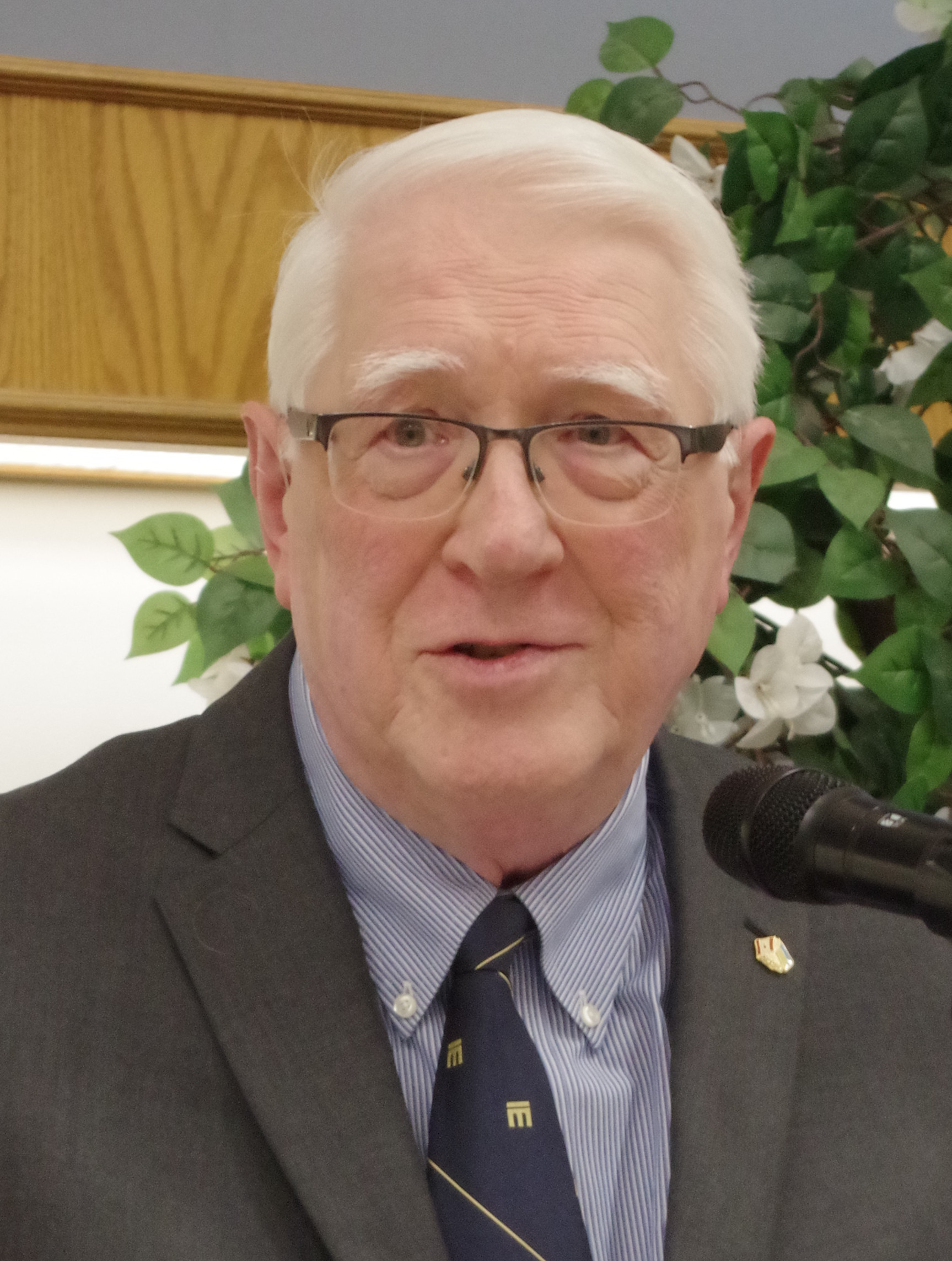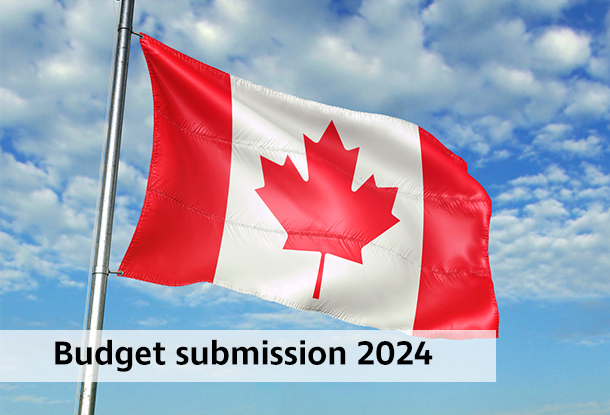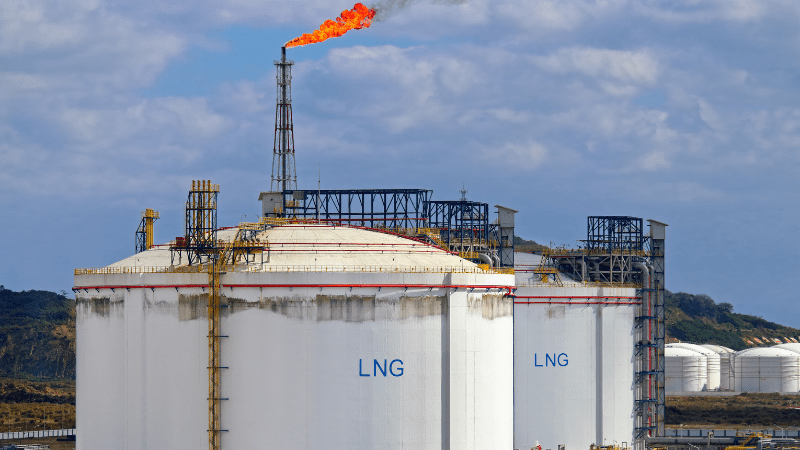W. Roman Petryshyn
As Canada welcomes recent war-displaced newcomers from Ukraine the need for Ukrainian Canadians to recognize their own diversity is becoming more pressing. For community harmony it is helpful for both newcomers and the established community to know about the various immigrations. Increasingly Ukrainian Canadian organizations, newspapers and media are confused about how to identify recent immigrants whom they have called the “4th wave” in Canada when factually, this is incorrect.
Yet until recently Ukrainian Canadians were clear about the fact that the census reported over 1.3 million Canadians had claimed Ukrainian identity (in whole or in part). No one disputed that there had been three major waves of immigration which had been numbered chronologically.
The waves were identified as follows: the first wave of immigration was from 1891 to 1914 and had approximately 160,000 Ukrainian-speaking immigrants settle in Canada. This was popularly called the “pioneer wave” recruited by various transportation companies, mostly from Galicia and Bukovyna on behalf of Canada, to farm the prairies. Economic and political pull-push factors in Canada and Europe aligned to facilitate the immigration process.
The second wave of 65,000 Ukrainian-speaking immigrants followed during 1924 to 1930 and was known both for its large number of former soldiers who had served in Ukraine’s struggle for national independence after WW1 and for settling in urban, as well as rural, areas across Canada. The Depression and WW2 put an end to that immigration.
The third wave of 35,000 Ukrainians from 1948 to 1954 were post-war refugees who were fleeing repatriation to the USSR and were known as an anti- Soviet “political immigration wave”. Coming from Displaced Persons camps, a larger percentage than in the first two waves were from central and eastern Ukraine. The experiences of the war and the politicization and socialization in the DP camps for several years after the war meant this wave was politically self-mobilized and well organized in the context of the Cold War.
Numbering these three immigration waves was a function both of historical chronology as well as geo-political contexts that caused Canada to begin and then cease accepting further immigration (e.g due to World Wars 1 and 2 ; Soviet prevention of emigration etc). Identifying three waves of immigration proved to be a useful framework that was codified in the publication of memoirs and the writing of histories by Ukrainian Canadian scholars such as Martynovych, Marunchak, Yuzyk and others. For these reasons, until a more effective schema is established, this framework may continue to be used in numbering subsequent waves of immigration.
The fourth wave of Ukrainian immigration to Canada is those Ukrainians who fled from Poland and the former Yugoslavia during the 1980s and 1990s as both countries experienced political transformations and the dissipation of Soviet control of Central Europe.
Founded in Poland in 1980 and initially made illegal, Solidarity was an independent trade union movement that eventually had ten million members (almost the entire workforce). By 1989 Solidarity won the first free election in the Soviet bloc since the 1940s. Among many changes, this gave rise to the emigration of several thousand Ukrainians to Canada.
During the same period, Yugoslav leader Josip Tito died in 1980 which heralded the further decline of communism and Soviet influence in the region. The rise of ethnonationalism led to the breakup of Yugoslavia into five independent republics. During 1992 to 1995 Serbia attacked Bosnia in a four-year war during which around 3000 Ukrainians emigrated to Canada. These two transformations and Canada’s receptive refugee policy made it possible to receive two emergency emigrations of Ukrainians, both of whom had lived under similar economic circumstances during the demise of communism in Central Europe. Together they comprise the fourth wave of Ukrainian immigration to Canada.
In 1991, a meeting of Russia’s President Yeltsin, Ukraine’s President Kravchuk and Chairman Shushkevich of Belarus replaced the USSR with the Commonwealth of Independent States. The Ukrainian Soviet Socialist Republic became an independent republic and began managing its own embassies and consulates. For the first time in modern history Ukraine issued its own passports for its citizens to travel and move abroad. Given the collapse and slow rebuilding of what was an oligarch-controlled economy, during 1991 to 2014 as many as 69,000 people from all regions of Ukraine decided to move to Canada. These were individual and economically based family decisions. This was Canada’s fifth wave of immigrants from Ukraine that can be said to have continued until the invasion of Crimea in 2014 during which the Russian Federation carried on a low-level military conflict with Ukraine in the Donbas.
On February 24, 2022, Russia invaded Ukraine in a surprise full invasion that displaced millions of Ukrainian citizens outside Ukraine’s international western borders. The war created an international displaced persons crisis that led to announcement of the Canada Ukraine Authorization for Emergency Travel (CUAET) and complimentary emergency programs in some provinces. By March 2023 over 620,000 applications under this program had been approved and almost 140,000 successful Ukrainian citizens applicants had already settled in Canada. These newcomers – comprised largely of women and children—have become the sixth wave of Ukrainian immigration to Canada. The 6th wave differs from the 5th wave of Ukrainian immigrants both in social composition and their experiences of crises in war.
With differing historical contexts (economic, social, political, cultural, religious) etc.) in each of the six waves of immigration over the last 130 years, it is not surprising that there are many identities that comprise the concept “Ukrainian Canadian” claimed by 1.3 million Canadians on the census. Indeed, if we take a closer look and include the generation of the persons involved in each of the 6 waves, the diversity becomes even more pronounced.
Generations among Immigrants
Within each of the six waves, newborn cohorts were influenced by their life at home in Canada. The life experiences of the children took place in the context of Canada’s changing economic/political/religious /cultural environments. Specific experiences during youth socialization defined how people regarded their identity for the reminder of their lives. For this reason, it is useful to number newborn generation cohorts within each wave to distinguish the significant moments that formed lifelong identities.
Adults leading each of the six waves of immigrations are defined as the first generation in Canada, and the point of origin for their lineage.: most were born and raised in the Ukrainian language and culture of a majority Ukrainian native population. In such an environment, Ukrainian/Ukrainian, interfaith and inter-ethnic marriages often selected Ukrainian language and culture for their family lifestyle.
The second-generation category of the Ukrainian-Canadian waves of immigration are those children raised and educated in Ukrainian families who find themselves in Canada where the majority language and culture is not Ukrainian. The second generation often live a bicultural lifestyle at home in Ukrainian and in English in public life.
Once they become adults their own children are classified as- 3rd generation. As adults this generation gives birth to children who will be 4th generation, (i.e. great-grandchildren of the first generation). Today, many descendants of the pioneer wave of settlers are 5th generation and some are 6th generation Ukrainian Canadians.
Within pioneer families individuals can describe themselves as “Wave 1- Generation -2 or 3 or 4 or 5 or 6. Note however, as intermarriage occurs, Ukrainian identity becomes partial, (cross-cultural) providing the individual with multiple identity choices. Yet, Ukrainian identity lineage nevertheless remains to be claimed at census time, if one wishes to do so (and many do).
The foregoing model of generations for wave 1 holds true for all six waves. Waves 2 through 6 also have a first, second and third generations. (However, since waves are separated by chronological time the more recent waves have fewer levels of generations).
The above framework can be used by everyone who relates to their Ukrainian identity. For example: Wave 3 might easily have 4 generations and an individual may therefore identify themselves as “Wave 3-Generation 4 (i.e. W3-G4)”. A more recent immigrant may identify themselves as “W5 – G2.”
What is the purpose of such a detailed identification?
First, it’s a method by which we can locate all 1.3 million Ukrainian Canadians within one framework. The “Wave by Generation” description includes all Ukrainian Canadians in one chronological system covering 130 years of Ukrainian history in Canada. Yet it is detailed enough to be a basis for recognizing and exploring the diversity of Ukrainian-Canadian identities.
Second, including all Ukrainian Canadians in one system of classification allows both similarities and differences to be researched and studied. This helps to explain when Ukrainian Canadian identity is a significant agent of mobilization and when it is weaker.
Third, the framework allows for a national sense of kinship to emerge in Canada. I’ve had a surprising feeling of kinship emerge, when people meeting me for the first time, reveal that they too have Ukrainian roots. Suddenly I feel we ‘ve become related to one another in some unexplained way.
Fourth, although it unites, this framework also allows for diversity and implies a dynamic model. It suggests that the experiences of different waves will vary with various histories and changing cultural values. For example, it accommodates intermarriage by allowing Ukrainian heritage to continue to be traced to the point of origin and the many ways 1.3 million people see their Ukrainian-Canadian identity. Like a string of pearls Ukrainian identity in Canada is tied together, wherein each pearl has its own unique size, shape, and colour.
There is no need for Ukrainian Canadians to be confused whether they are Ukrainian Canadian or not. By using this expanded framework of waves and generations there is an identity and place for everyone in the Ukrainian Canadian network.
Give it a try and find your own and extended family’s place among Canadian Ukrainians.
Dr. Roman Petryshyn is the Founder and former Director of the
Ukrainian resource and Development Centre at MacEwan University
Share on Social Media




































